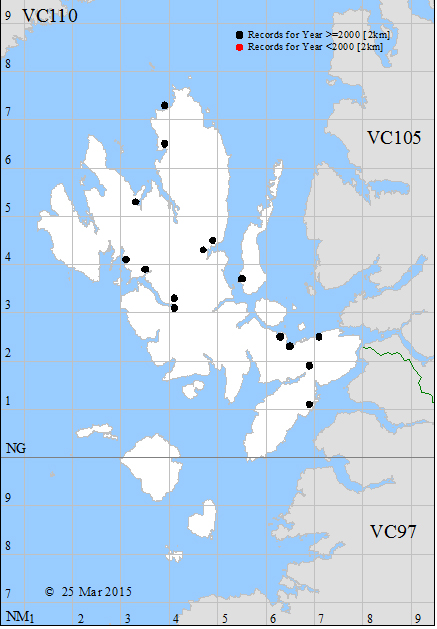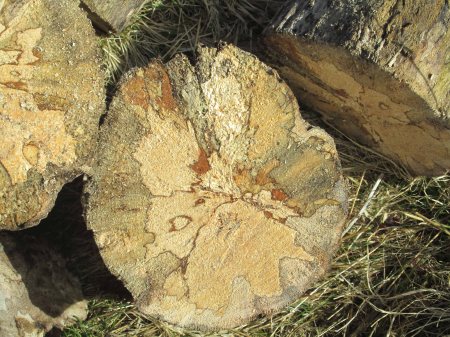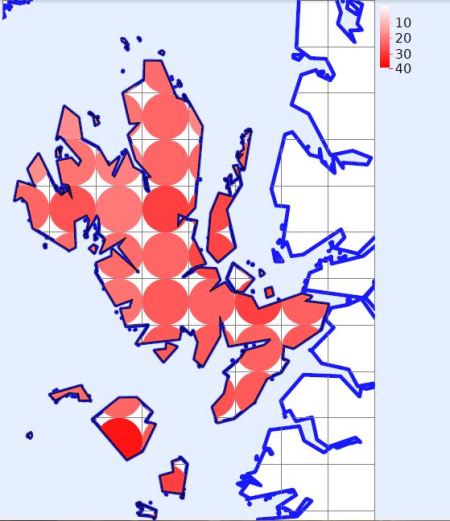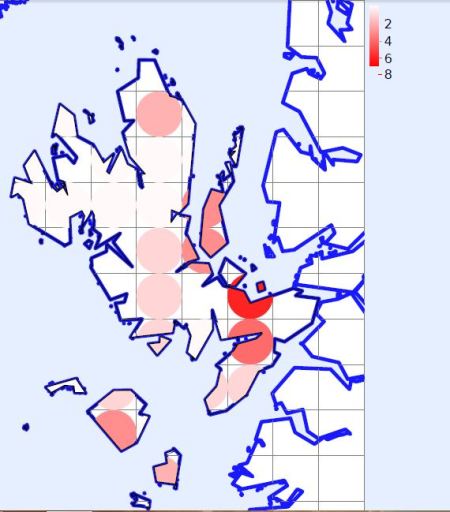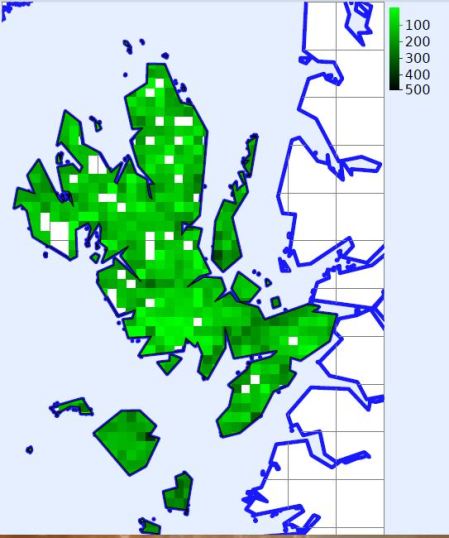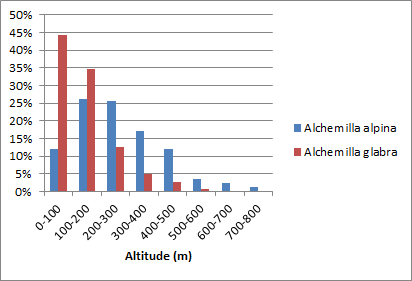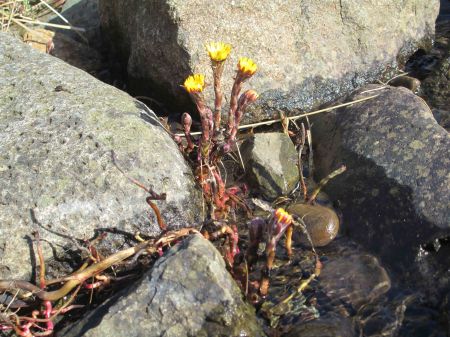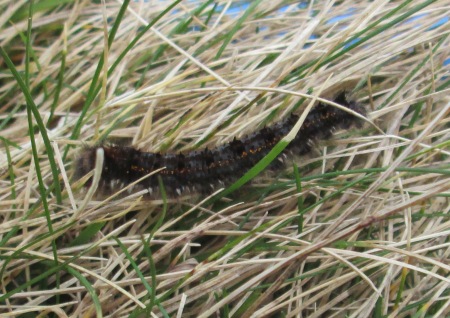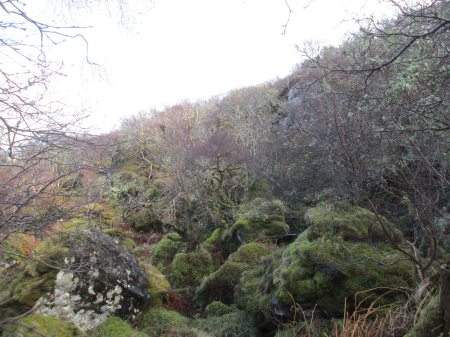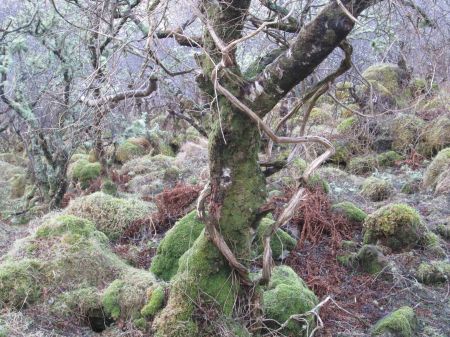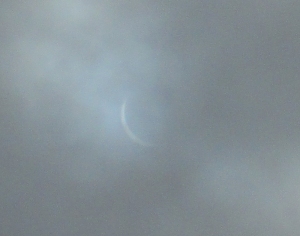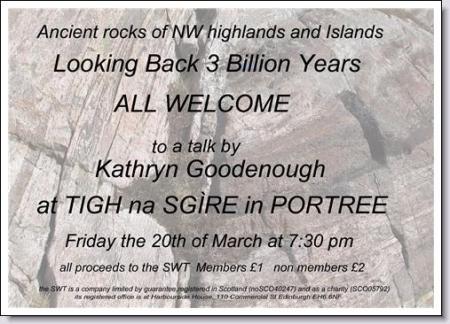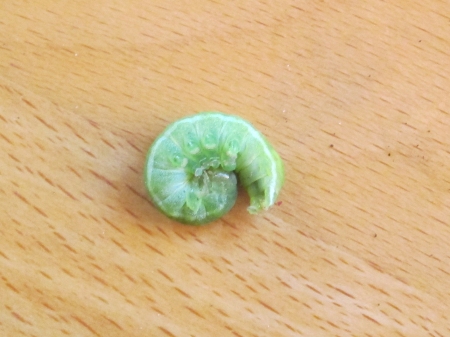I am not a fan of Cortaderia richardii (Early Pampas-grass) and it is spreading. I found a site in a new hectad a few days ago – between Osmigarry and Score. So the VC104 distribution map now looks like this:
Most VC104 sites are roadside but in some places, including Raasay, it is also across the moor.
The hectad distribution map for the British Isles is here.
Natural England describe it in “Horizon-scanning for invasive non-native plants in Great Britain” as one of 59 non-native potentially invasive plants ranked as Critical i.e. needing detailed risk assessment as a matter of priority.
Plantlife have the same view.
This plant is endemic to New Zealand where it is also known as Tussock Grass and it has also been introduced into Tasmania. At least some authorities say that it should be renamed Austroderia richardii.
The Royal Horticultural Society gave this plant an Award of Garden Merit in 2002 which was reconfirmed after trial in 2009.
